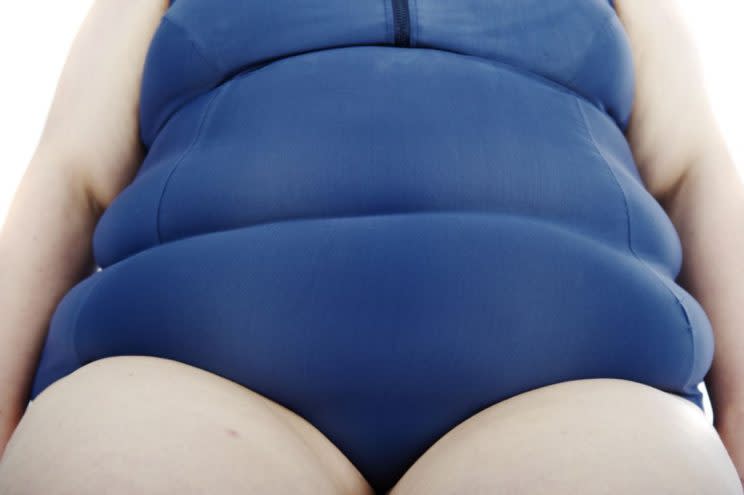Is your radiator making your fat? Scientists think so

If you’re trying to lose weight, you may want to adjust your thermostat.
Scientists have discovered that temperatures ‘outside the human thermal comfort zone’ increase metabolism.
The study found that being exposed to environments outside a comfortable temperature range could be key to tackling metabolic diseases, such as obesity and diabetes.
Researchers discovered that being exposed to mildly cold or warm environments outside the standard comfort zone inside buildings of 21-22C, “increases metabolism and energy expenditure which may help to tackle obesity”.
They concluded that, for those suffering from type 2 diabetes, “exposure to mild coldness influences glucose metabolism and after 10 days of intermittent cold, patients had increased insulin sensitivity by more than 40%.”
They added that “These results for diabetes treatment are comparable with the best pharmaceutical solutions available.”
MORE: Drunk man attacks one of the world’s first robot policemen
MORE: Yoghurts are not a healthy snack – they’re ‘dessert in disguise’, experts warn
The researchers say that widespread changes now need to be made to modern building practices. They recommend that homes and offices should incorporate “drifting temperatures” in order to support “healthy human environments”.
The research, Healthy Excursions Outside the Thermal Comfort Zone, was published in Building Research & Information journal.
The lead author of the study and Professor of Ecological Energetics and Health at Maastricht University Wouter van Marken Lichtenbelt said: “It has previously been assumed that stable fixed indoor temperatures would satisfy comfort and health in most people.
“However, this research indicates that mild cold and variable temperatures may have a positive effect on our health and at the same time are acceptable or even may create pleasure.”
Richard Lorch, editor-in-chief, commented: “This ground-breaking research provides a new approach to how we think about the heating and cooling our of buildings.
“The health benefits from a short exposure to a more varied temperature range will redefine our expectations on thermal comfort. In turn, this will change our practices for heating and cooling our buildings.”

 Yahoo News
Yahoo News 

